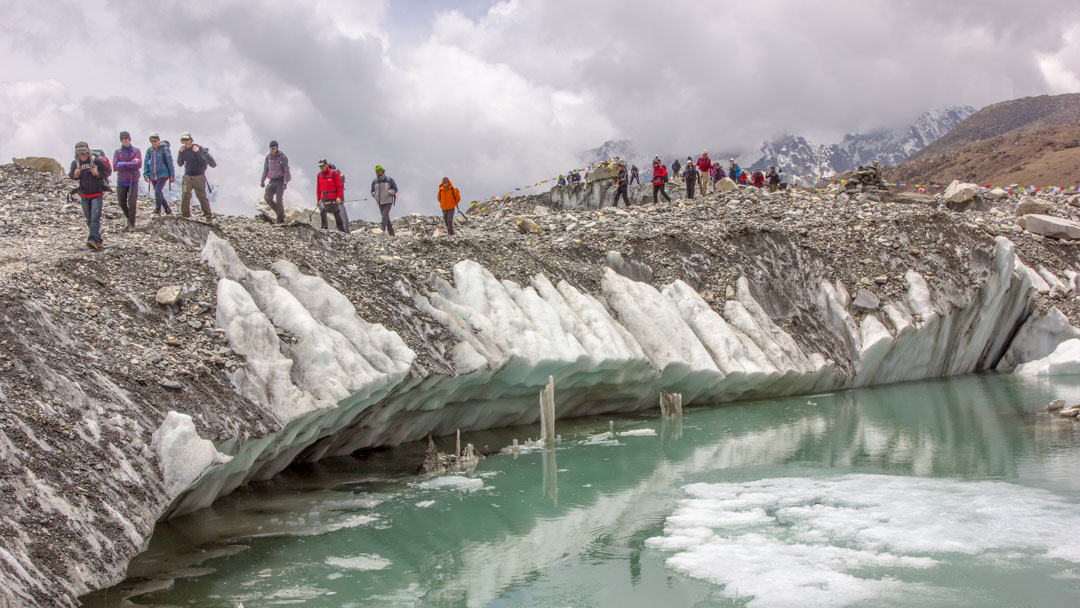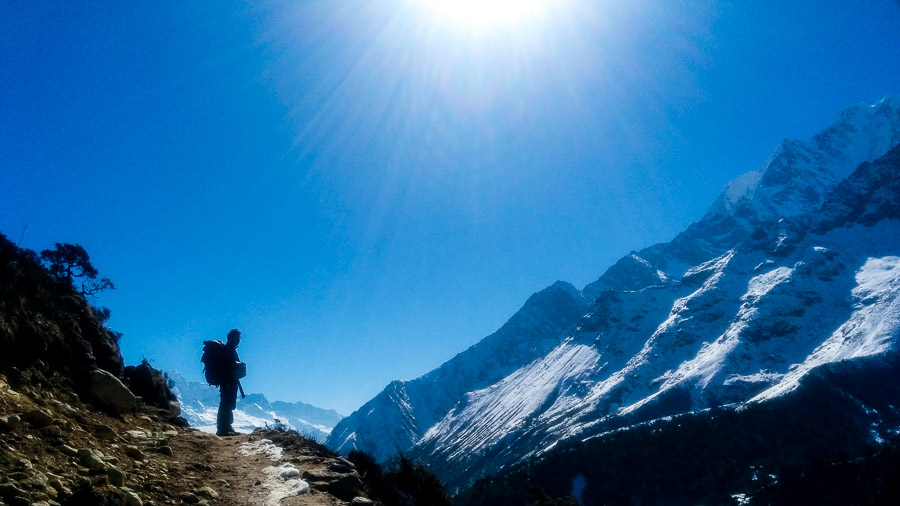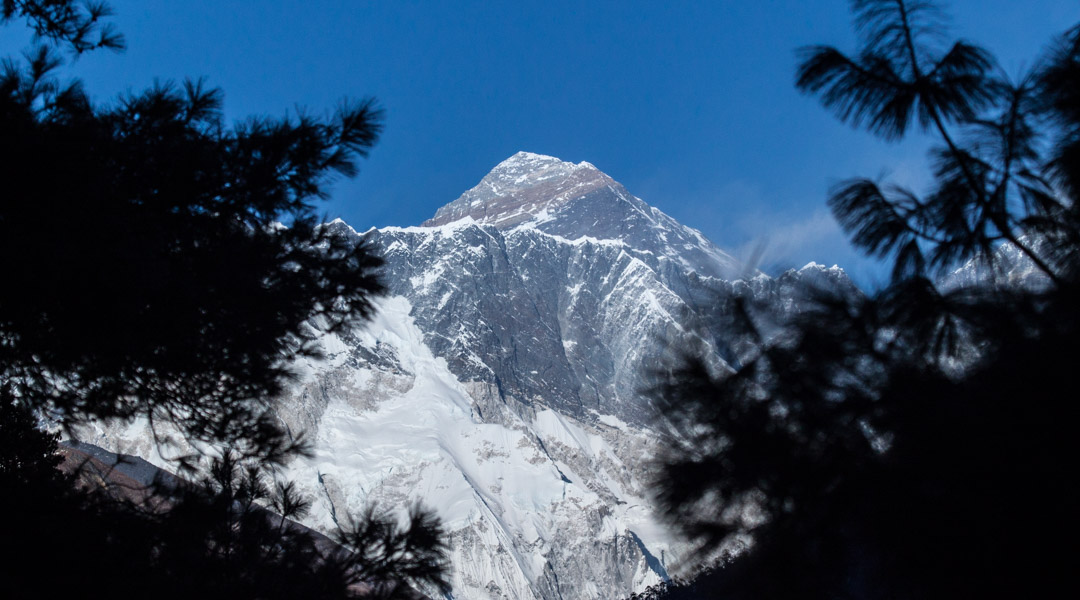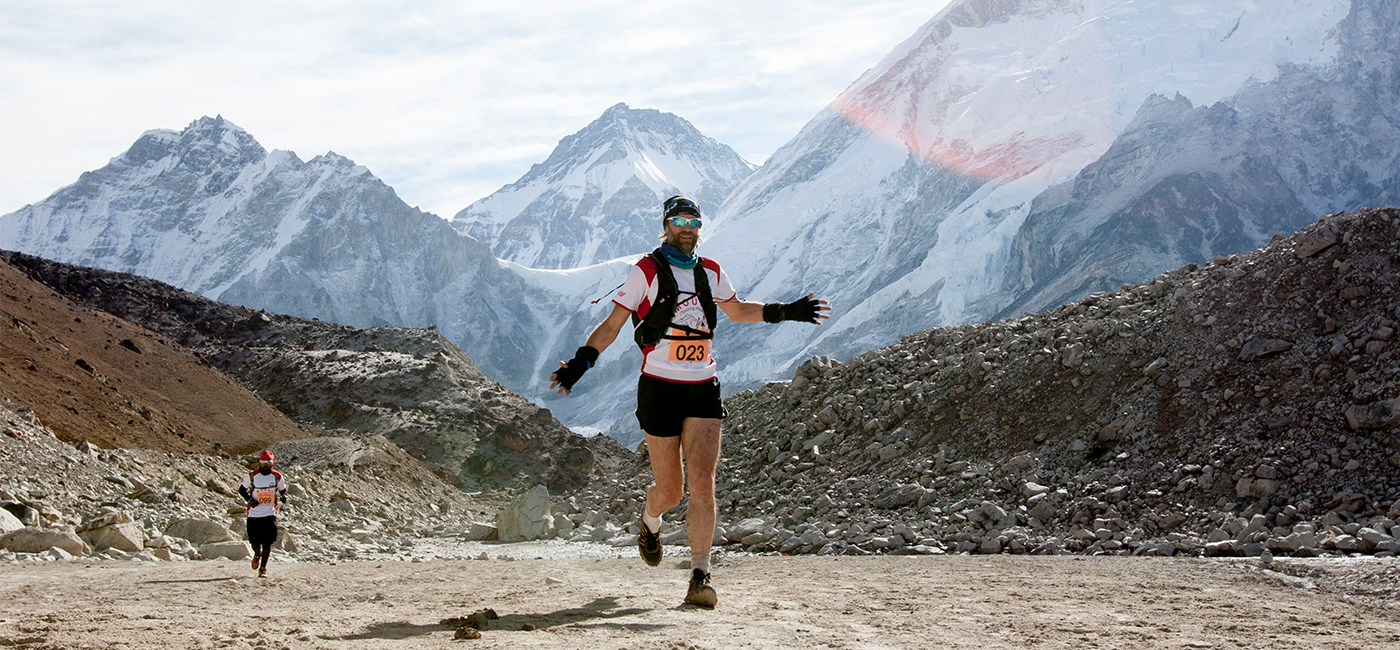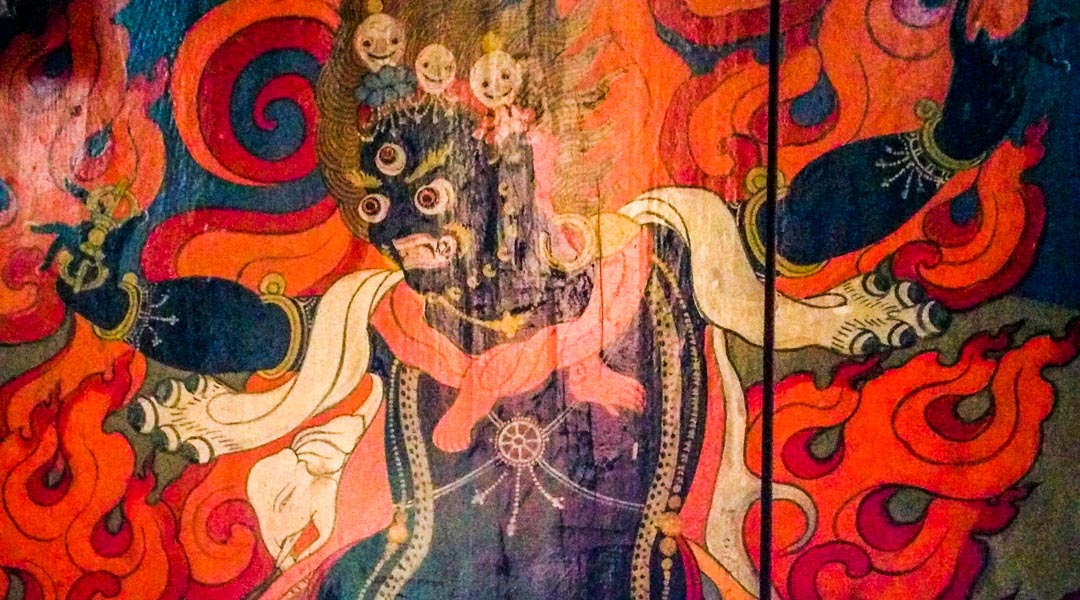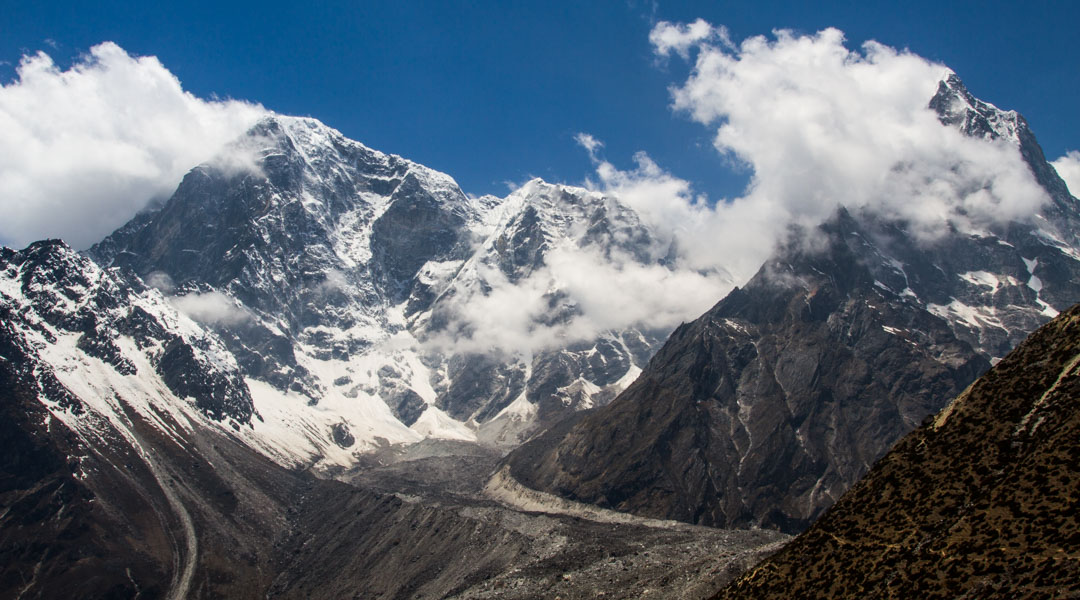
With rains subsiding and mountains smiling again, September marks the beginning of the fall trekking season for the Everest Base Camp Trek.
Weather for Everest Base Camp Trek in September
The monsoon rain has started to subside from a relentless downpour to a drizzle interspersed with well occasional downpours. When it comes to precipitation in the Everest Region, September could be divided into two halves. The first half is not very different from July/August, while the second half is drier. Another point to note is the fact that even during the peak of the monsoon, the mornings are generally bright, and most precipitation happens during the afternoon and nights.
The temperature is generally warm and if it might even have been better than October if it weren’t for the rain. Rain translates to snow at higher altitudes, but the snow melts super quickly. This means that trekking to Everest Base Camp in September will include a lot of slush but zero chance of frostbite.
| Lukla (2,860m) | Namche (3,440m) | Lobuche (4,950m) | |
| Max Avg Temp | 21° C | 17° C | 11° C |
| Min Avg Temp | 10° C | 6° C | 3° C |
| Precipitation | 56 mm | 56 mm | 63 mm |
| Precipitation Days | 20.6 days | 20.6 days | 15.6 days |
| No. Sunny Days | 7.6 days | 7.6 days | 10.5 days |
| Sunrise (Sept 15) | 5:42 am | ||
| Sunset (Sept 15) | 6:03 pm | ||
Hazards, Gear and Planning Tips for EBC Trek in September
Snow and cloud cover sometimes fool people into believing that they do not need to wear sunglasses. No wonder a lot of them get blinded by the snow as up to 90 percent of UV radiation can permeate even thick cloud cover. For most parts of the trek, if there is snow on the ground, you make sure to put on sunglasses.
Leeches will be a concern below 3,000 meters. For people flying into Lukla, they aren’t much of an issue. But for those walking either from Jiri or Phaplu, leeches can be a significant nuisance. While not dangerous, they can be a nuisance. Applying common salt will make these buggers fall off immediately. You can also use anti-leech oil preventively, but it is sure to repel not just leeches but also prospective mates.
Another hazard is slippery slopes because of rain and snow. It pays to be careful and invest in good waterproof boots with grip for rough terrain. Proper rain gear is also absolutely essential.
Another thing to keep in mind is water-borne and food-borne illnesses. While you should be careful with the kind of water you drink anyways, water safety becomes especially more critical during the summer months. It is also a good idea to forego meat along the Everest Base Camp Trek in September.
In addition to the above, please check out the Gear Checklist, Environmental Hazards, and Altitude Illnesses for more information.
Three High Passes of Everest in September
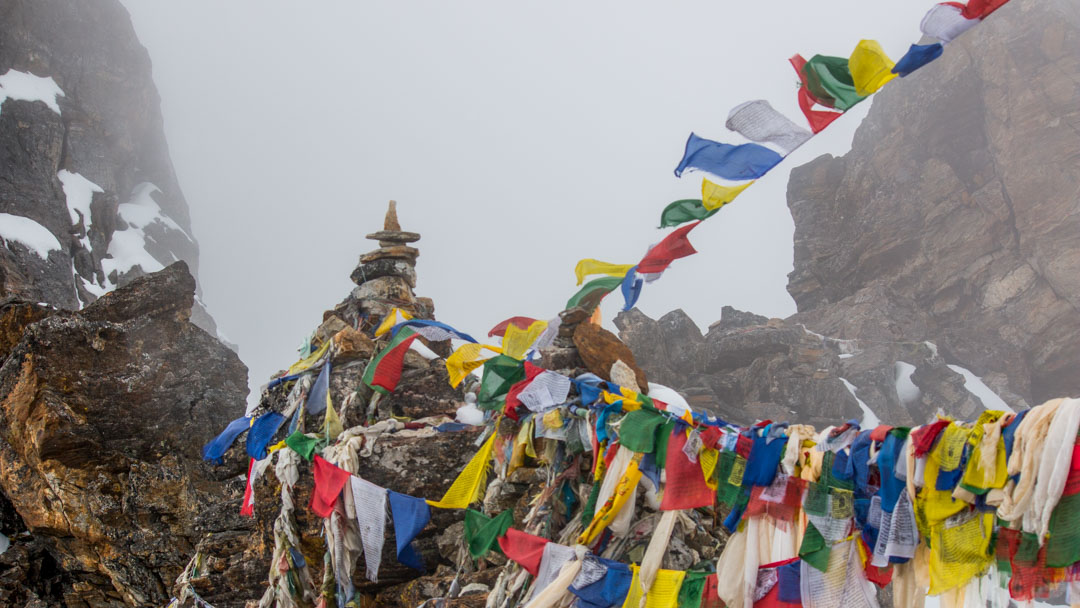
September is not the best month for treks with high passes. There will be snow, and chances are the passes will be closed for days on end. But you might as well get clear weather while doing the high passes. Hence, while there is no stopping anyone, please plan very flexibly and be prepared to go around the passes if needed.
Also, unless you have experience navigating heavy snow, it is essential to have an experienced guide. Also, please note that the high passes are not the favorite for a lot of guides, and sometimes passes are ‘closed’ even when they aren’t. The only way to be sure is to hire a straight-talking tough-walking mountain guide.
How crowded is the Everest Base Camp Trek in September?

September starts to get busy from the second half onwards, and September usually sees around 10 percent of trekkers every year. In 2018, there were approximately 5,500 trekkers in September. What that means is that you will have just enough people on the trails: not too crowded but not too empty either.
Lukla Flights in September

Flight disruptions are likely in September. But as the month progresses, the chances of cancellations and delays go down dramatically. This is not just because of the weather, but also because sometime in the second or third week of September, flights to Lukla start operating from Ramechhap Airport, four hours drive from Kathmandu.
It is advisable to have at least two buffer days.
Hotels and Prices in Everest Base Camp Trek in September

Most of the hotels are open and fully operational by mid-September. As the crowd builds up through the month, it is advisable to book the lodges in advance as the good ones start to fill up quickly. This is going to be especially crucial on the way down as you will no doubt notice a massive number of trekkers going up when you are coming down.
Prices are generally stable throughout the year in the Everest Region.
Attractions in the Everest Region in September
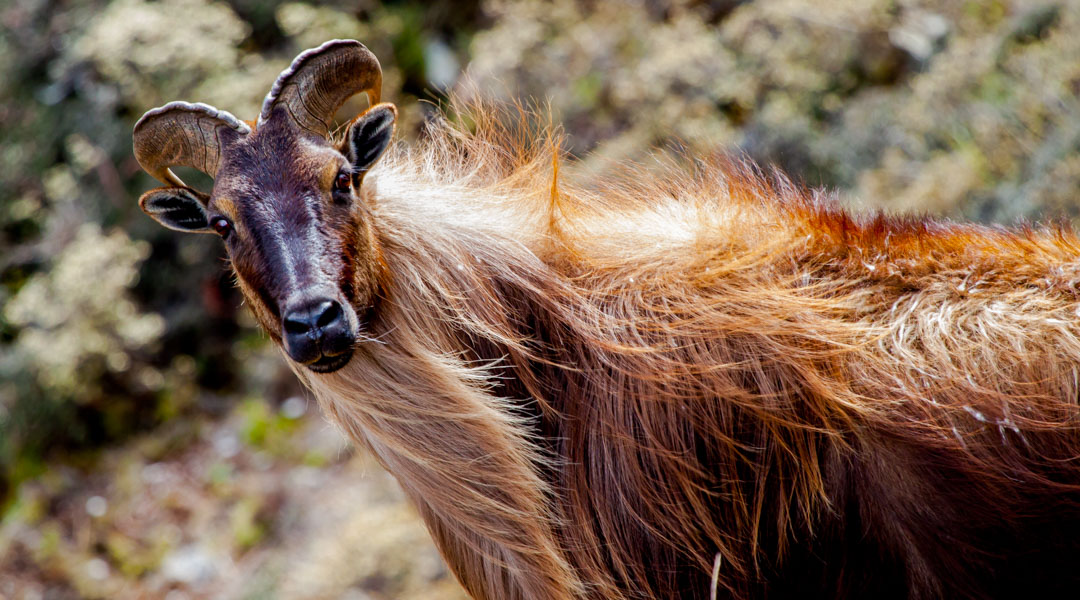
There will be quite a few flowers at the upper stretches of the trek, but nothing to compare with June–August. Mountain views, while possible, will be a rare commodity. Warm temperature and moderately busy trails are welcome factors.
To the Mountains!











